We care deeply about the future of our planet. Climate change, access to clean water, and dependence on fossil fuels are issues that impact everyone on a global scale. It’s also important to protect our wild spaces and oceans, to defend endangered species and wildlife, and to promote sustainable farming practices.
To do our part, 5% of our net income is donated to charities that focus on these environmental conservation issues.
Since we spend so much time in the US national parks, and a lot of our website traffic is about the national parks, the National Park Foundation is one of the charities we support.
How do We Make Money? We make money through advertisements and affiliate links. An affiliate link is a link from our website to another website that earns us a small commission if you make a purchase. When you scroll past an ad, purchase a travel guide on Amazon.com through our website, etc., we earn money. This money helps us to maintain this website, brings you new travel information, and it helps support the following environmental conservation organizations.
Not only do you get free travel advice but you will also be supporting the environment.
The Natural Resources Defense Council (NRDC)
The NRDC works to safeguard the earth – its people, its plants and animals, and the natural systems on which all life depends. This organization combines the power of more than three million members and online activists along with the expertise of 700 scientists, lawyers, and policy advocates across the globe to ensure the rights of all people to the air, the water, and the wild.
They support many different environmental issues, but their priority is to fight climate change, defend endangered wildlife, and protect the oceans.
The Natural Resources Defense Council was founded on Earth Day in 1970. Since this time, they have helped pass the Clean Water Act, the Clean Air Act, and the Oil Pollution Act. In 1996, they launched the China Clean Energy Project and in 2008 they launched the India Initiative, to address health and climate challenges in India. They have also helped to protect millions of acres of pristine habitat and to support the residents of Flint, Michigan who have been exposed to high levels of lead in their drinking water.
Click here to learn more about the NRDC or to make a donation.
International Fund for Animal Welfare (IFAW)
The International Fund for Animal Welfare is a global non-profit that helps animals and people thrive together. They work in more than 40 countries around the world to rescue, rehabilitate, and release animals and restore their natural habitats.
IFAW was founded in 1969 by Brian Davies with the goal to stop the commercial hunt for whitecoat seals in Canada. Since then, the organization has grown and has helped to save elephants, hippos, and rhinos from poaching, helped establish the Southern Ocean Marine Sanctuary to protect 90% of the world’s whales, and has helped set up migration corridors in India to protect more than 1,000 endangered Asian elephants.
Click here to learn more about the International Fund for Animal Welfare or to make a donation.
350.org
350.org is an international grassroots organization that is working to end the age of fossil fuels and build a world of community-led renewable energy for everyone.
They are working to transition to a clean energy economy, ban future oil, gas, and coal projects, and stop the funding for fossil fuel companies.
350.org was founded in 2008 by a group of university friends in the United States along with author Bill McKibben, who wrote one of the first books about global warming. This organization is named after 350 parts per million, the safe concentration of carbon dioxide in the atmosphere.
Click here to learn more about 350.org or to make a donation.
Trees for the Future
The mission of Trees for the Future is to end hunger and poverty by training farmers to regenerate their land.
Through their training program, called the Forest Garden Approach, farmers plant trees that help bring nutrients back to the soil and then they grow a variety of fruits and vegetables. This leads to an increase in income and access to food all while improving the environment.
As of January 2021, nearly 30,000 acres of land have been restored and 191,000,000 trees have been planted, impacting the lives of 151,000 people.
Click here to learn more about Trees for the Future or to make a donation.
National Park Foundation
The National Park Foundation is the official nonprofit partner of the National Park Service. They help to protect and enhance America’s national parks for present and future generations.
The lobbying efforts of First Lady of the United States, Lady Bird Johnson, and philanthropist Laurance Rockefeller, helped to establish the National Park Foundation, which was passed by Congress in 1967.
The National Park Foundation has made land purchases to save Muir Woods, Gettysburg, Death Valley, and the Blue Ridge Parkway. They help keep hiking trails clear through their Active Trails Program, get kids outdoors through their Open OutDoors for Kids Program, and they raise funds to keep the national parks safe.
Click here to learn more about the National Park Foundation or to make a donation.
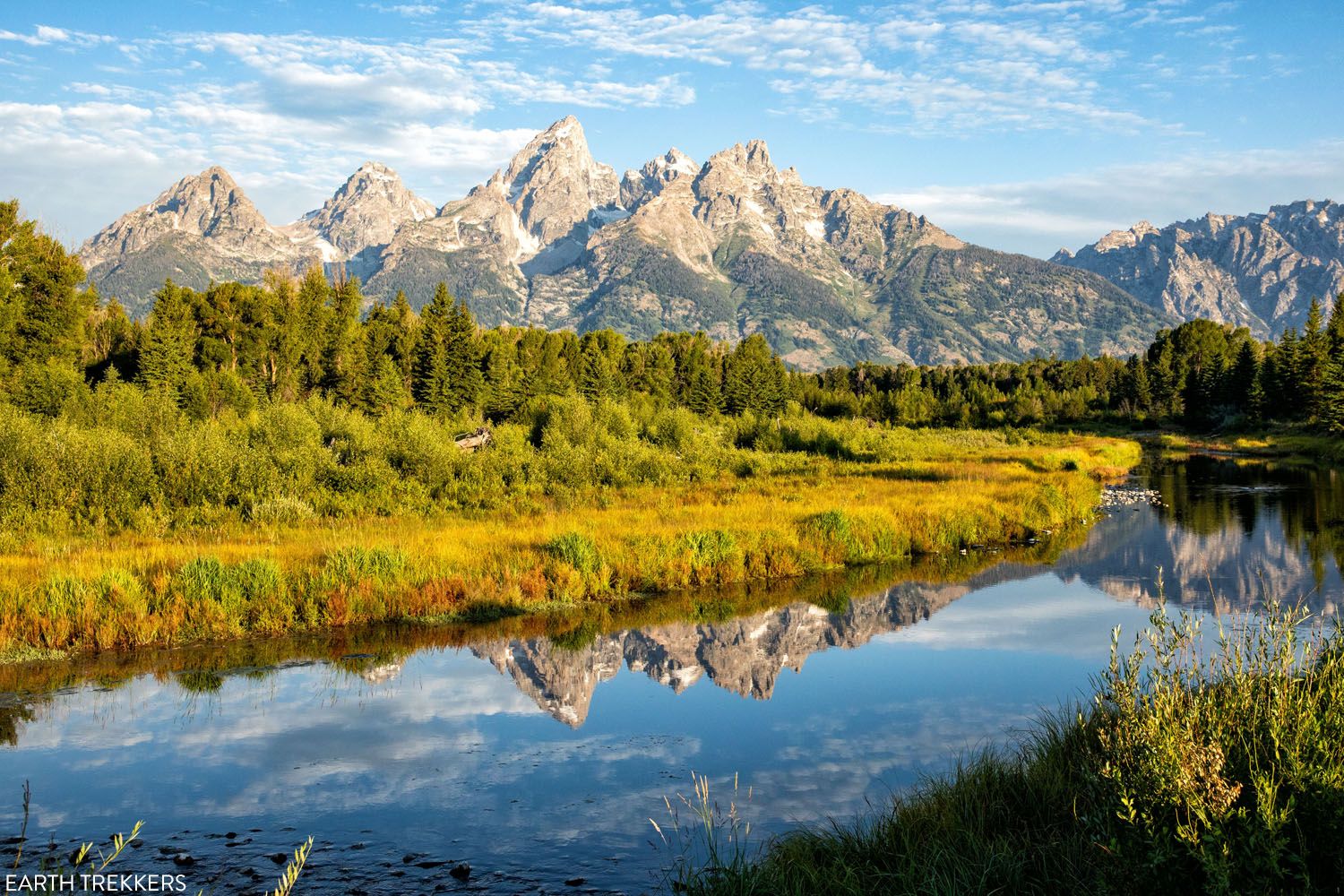
In 2016, the National Park Foundation, along with other organizations, helped raise enough money for the National Park Service to purchase 640 acres, known as the Antelope Flats, within Grand Teton National Park. This helps to preserve a wildlife habitat and animal migration routes, completing the original vision for Grand Teton National Park.
If you have any questions about the charities on this list, or if you want to share your favorite charity, let us know in the comment section below.
You Might Also Like
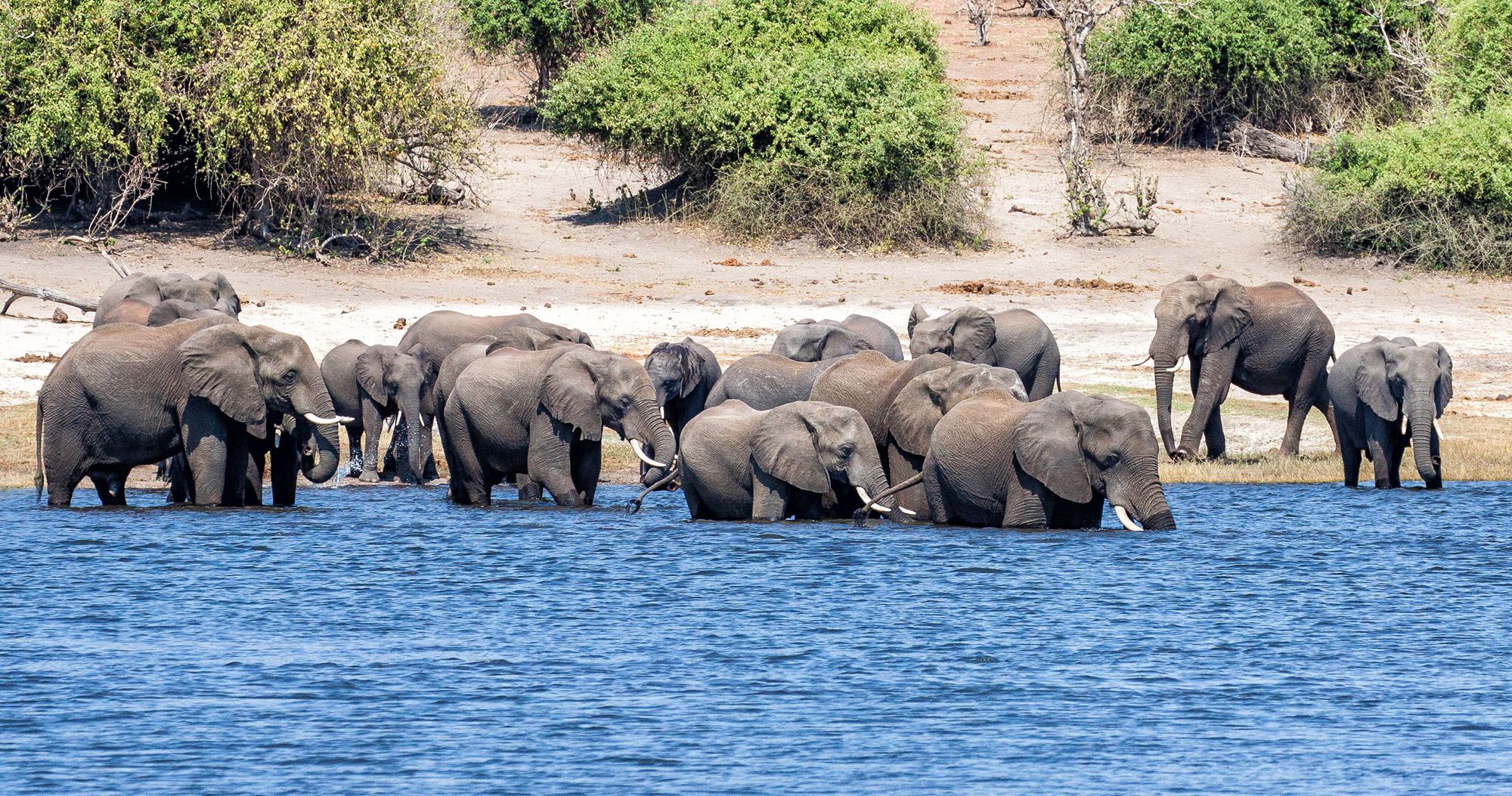
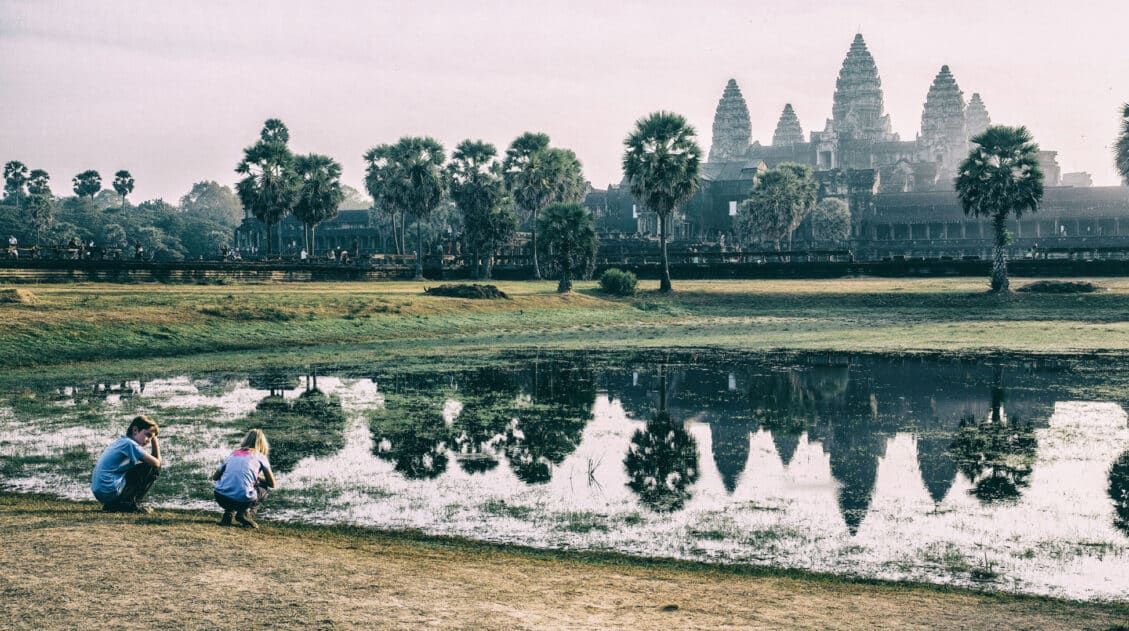
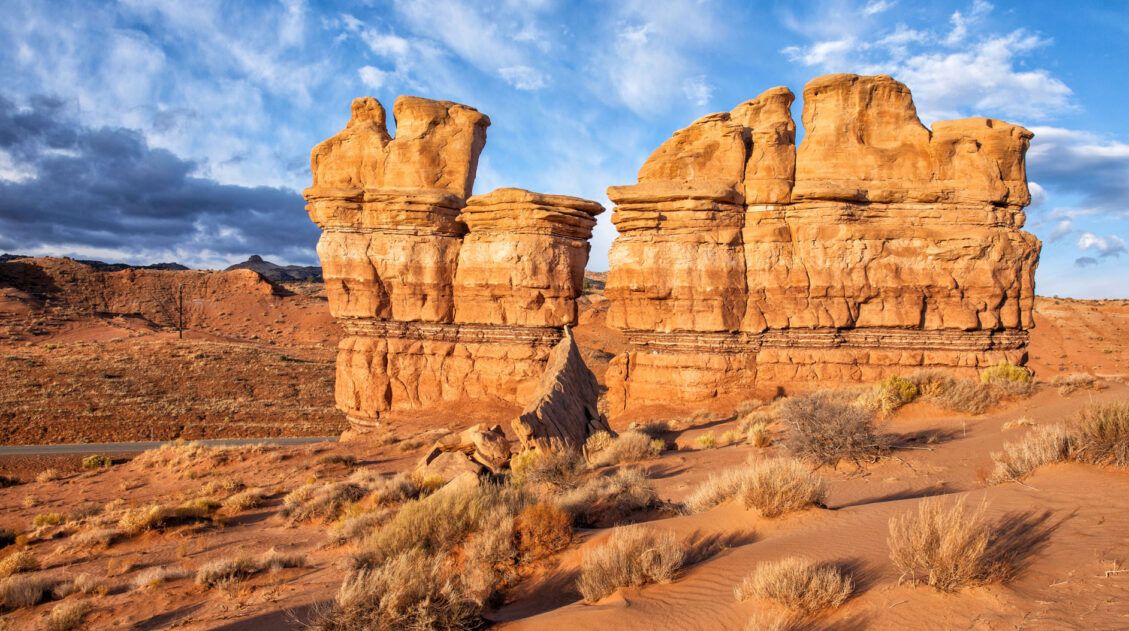
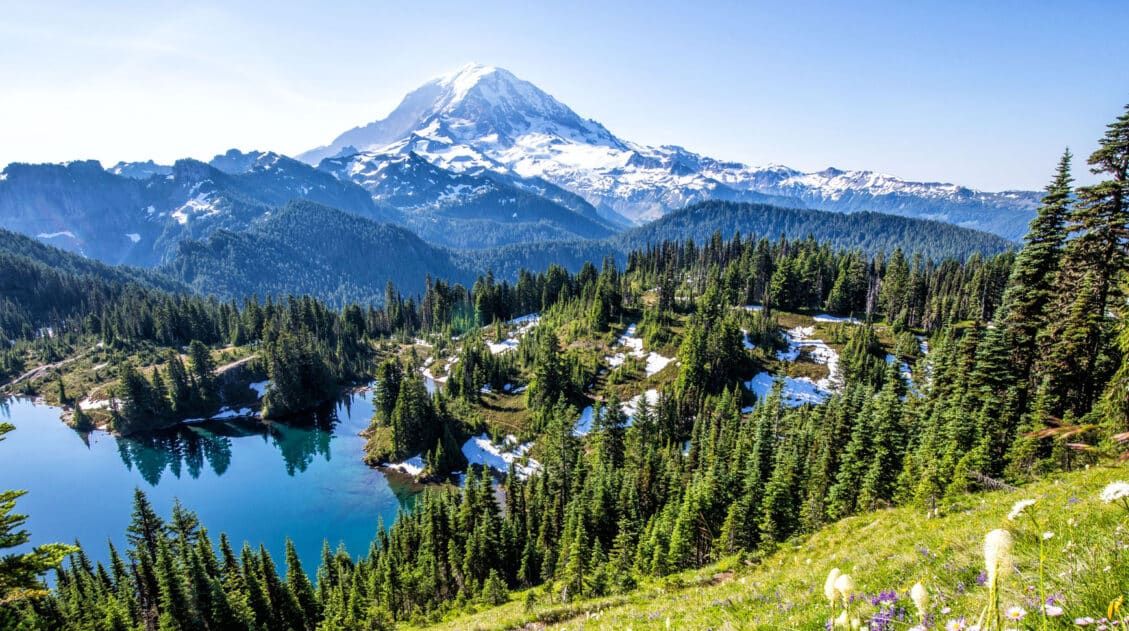
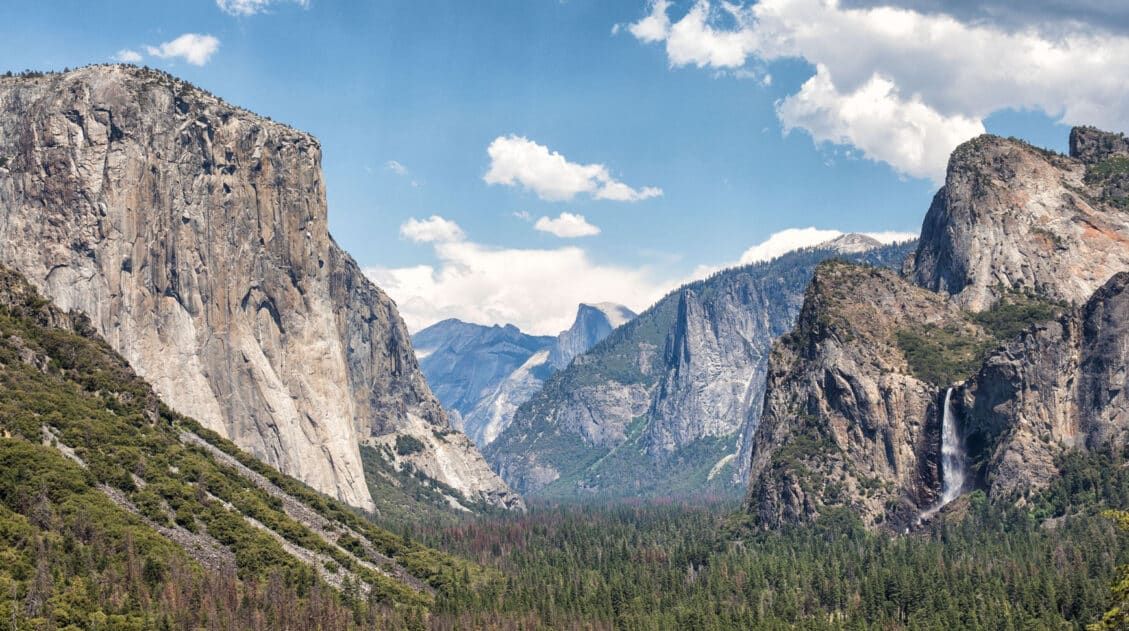
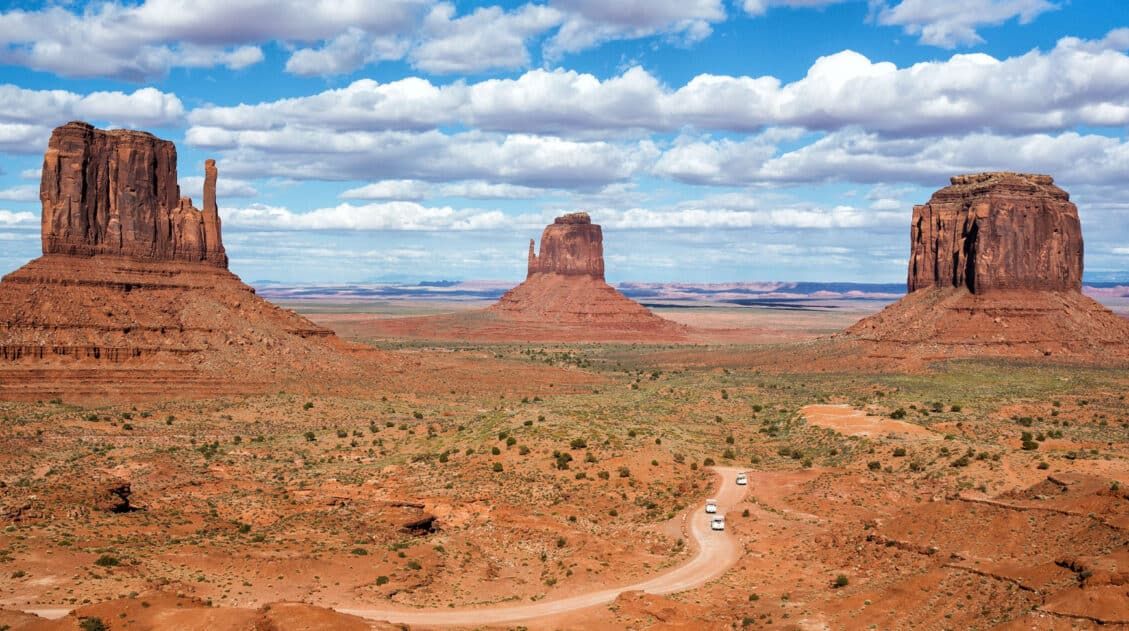
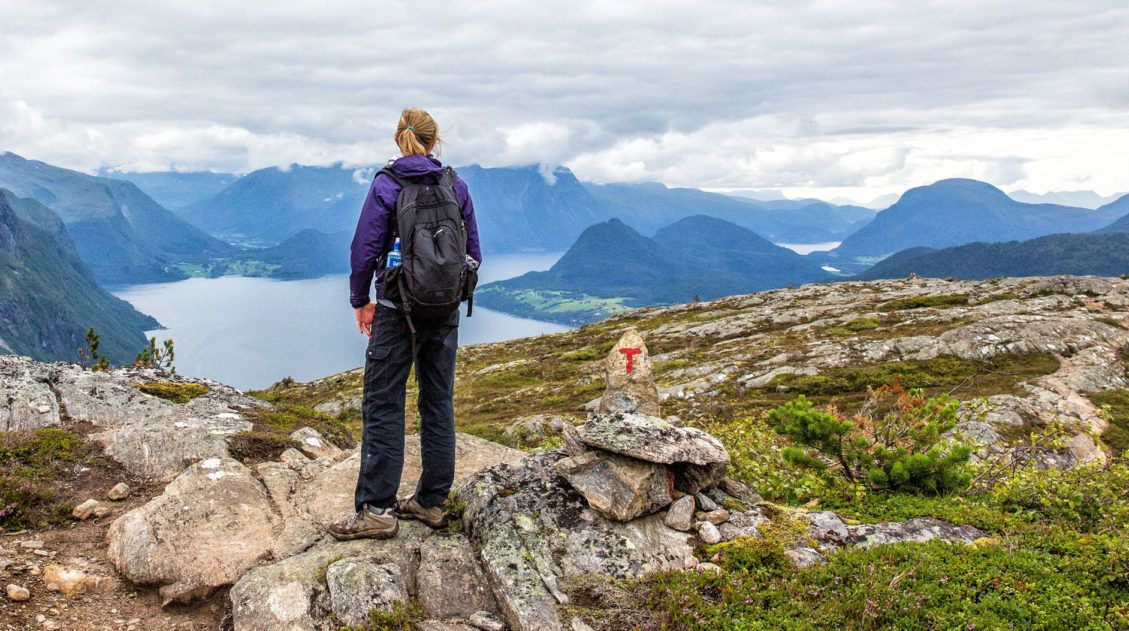
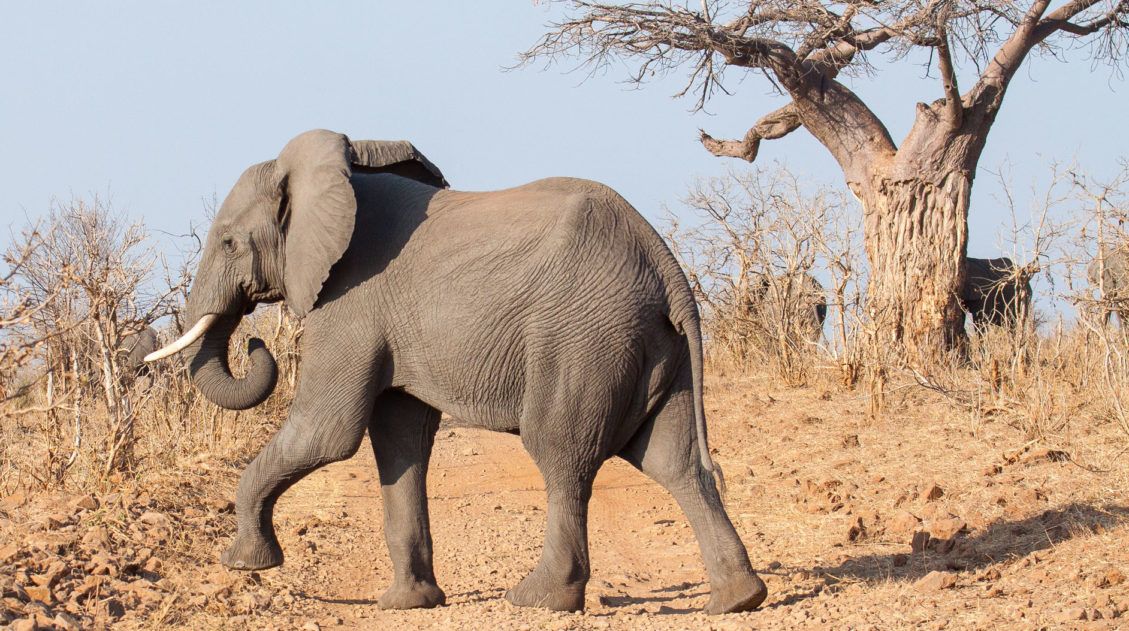
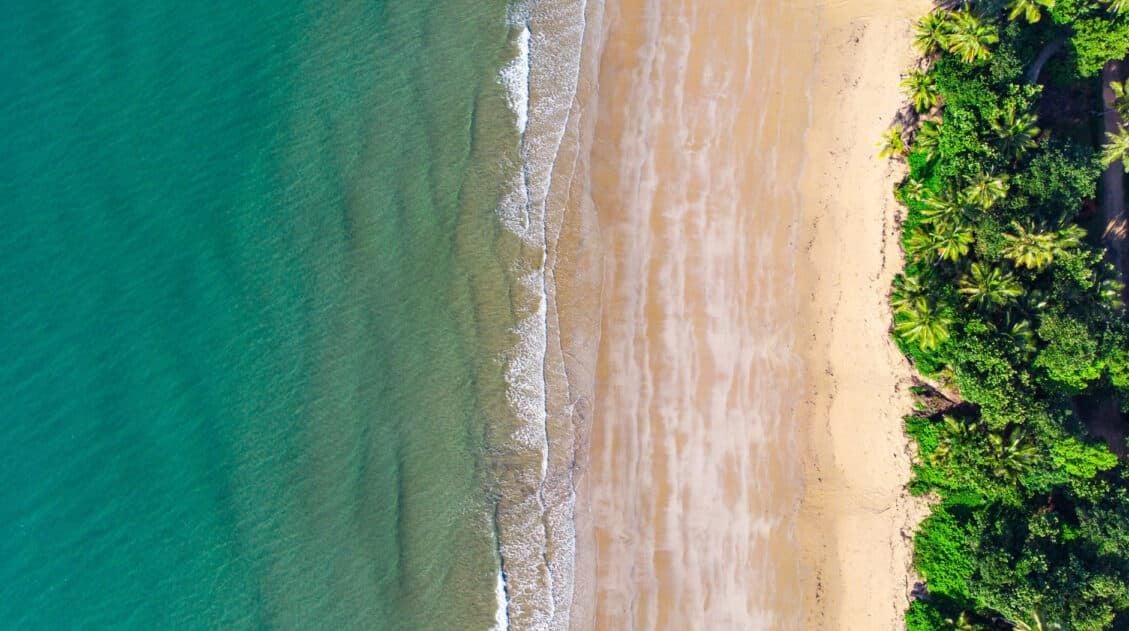
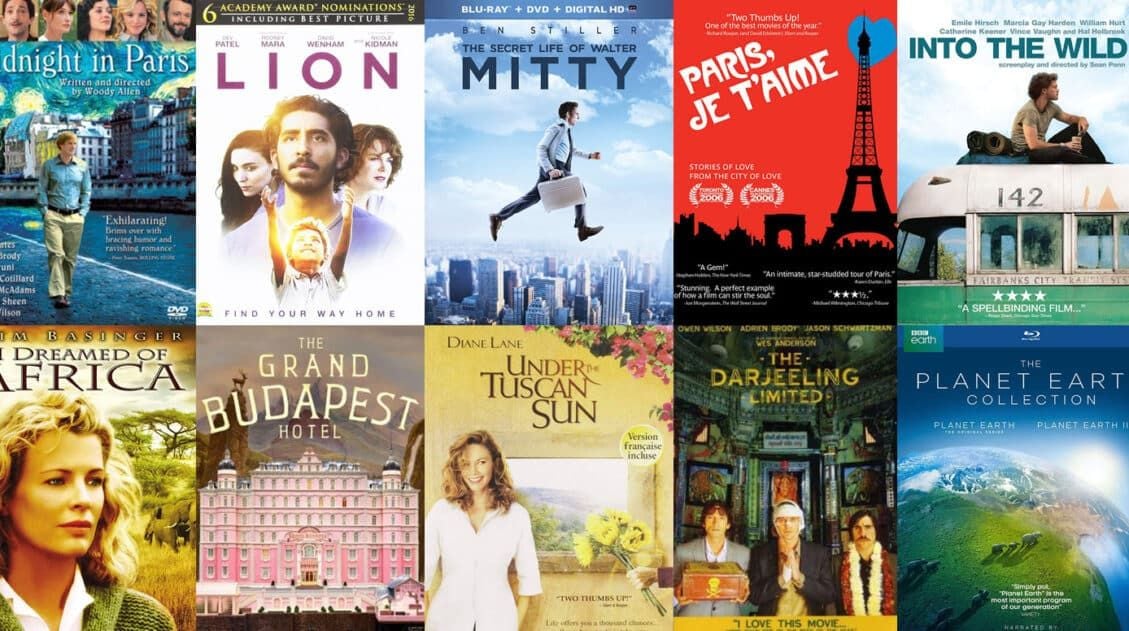
Comments 8